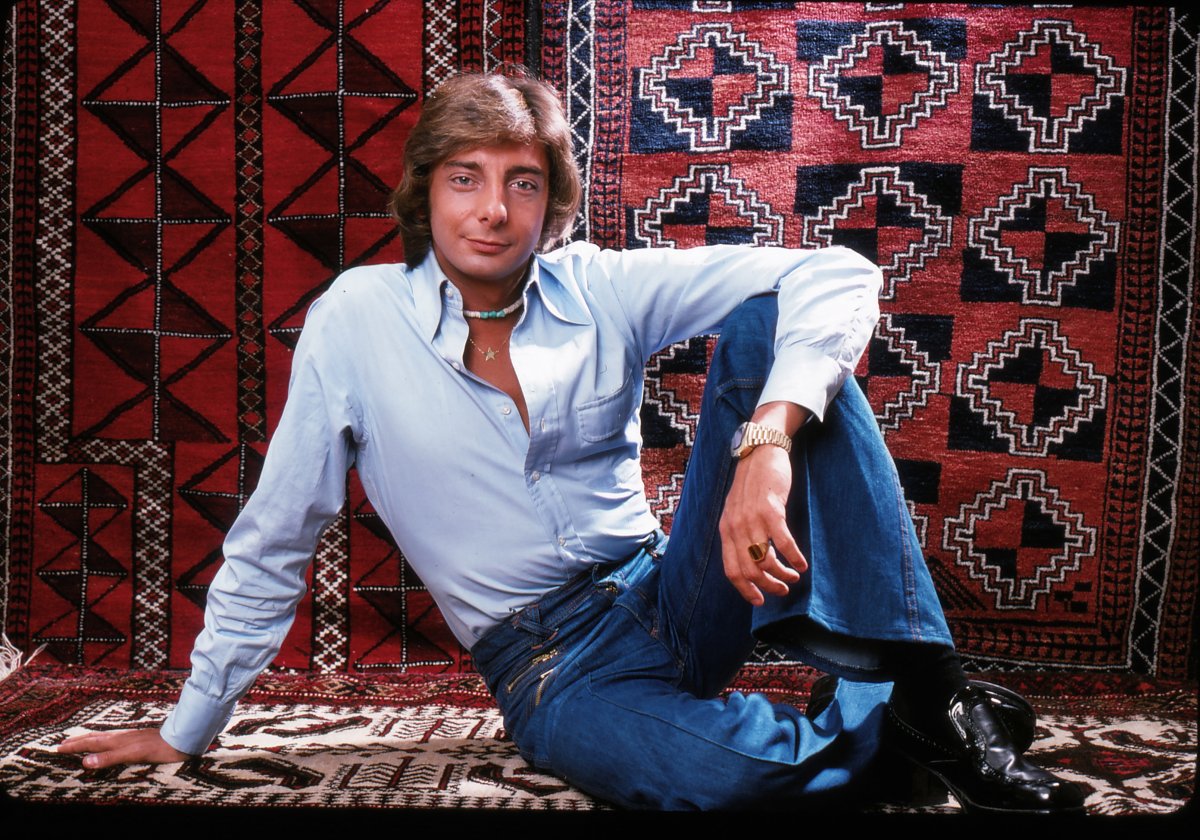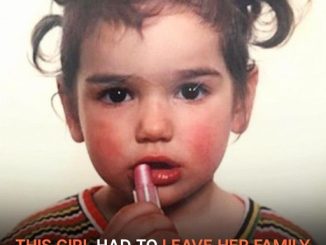
During a guest appearance on HBO’s Who’s Talking to Chris Wallace, the 80-year-old Copacabana singer said he didn’t think it was important to announce his sexuality during the earlier decades of his career.
Manilow came out in 2017, almost three years after he married his husband and manager Garry Kief in a private ceremony. The couple have been together for 45 years now, though they’ve kept much of their relationship away from the public eye.
When he came out to People magazine in 2017, Manilow — whose real name is Barry Pincus — worried he’d be “disappointing” some of his fans by revealing his sexuality. Instead, Manilow, who was 73 at the time, said the reaction from his fanbase was “beautiful.”

Despite his current feelings of nonchalance about his own coming out, Manilow said announcing his sexuality as his career was booming would have been a bad idea.
“Now being gay is no big deal,” he explained. “Back in the ’70s it would have killed a career.”
Regardless, the usually very private Manilow said he thinks “everybody knew that Garry and I were a couple all those years.”
“Really, Garry and I’ve been together for so long,” he said. “It just never dawned on me that we’re going to come out. But when we got married, it was a big deal, so we did.”
Manilow credited Kief for saving his life. He said he is thankful he had Kief to support him as his music career was taking off, despite keeping their relationship under wraps.
“As my career exploded, it was just crazy. And, you know, going back to an empty hotel room, you can get into a lot of trouble if you’re alone night after night after night,” Manilow explained. “But I met Garry right around when it was exploding. And I didn’t have to go back to those empty hotel rooms. I had somebody to cry with or to celebrate with.”
Manilow said he did not wish an isolated hotel room for any young people.
“It was pretty lonely until I met Garry. And then it was fun,” he smiled.
Kief is not Manilow’s first spouse. In 1964, Manilow married his high school sweetheart, Susan Deixler. They were married for one year.
Manilow told CNN’s Wallace he “really did love” Deixler, but added “the gay thing was pretty, pretty strong. I couldn’t deny it.”
The singer said he knew he was gay before marrying Deixler, but their marriage ended because Manilow couldn’t be the committed husband his then-wife needed. He revealed that his sexuality was not the reason his marriage failed.
“We had a very nice marriage, it was great, but I was away every night making music, as a young musician would be,” Manilow described. “It wasn’t good for me, and it wasn’t good for her.”
“I couldn’t be the proper husband,” he continued. “I was out making music every night, sowing my wild oats. I wasn’t ready to settle down.”
Brooklyn-born Manilow skyrocketed to international fame in 1974 after his release of the ever-popular pop-rock ballad Mandy. He became one of the biggest-selling musicians of all time. Prior to his success as a singer-songwriter, Manilow was behind a number of famous commercial jingles for brands like State Farm and Band-Aid — a gig that he has said helped him create catchy hooks for his own hit songs.

Watch What Whoopi Said To Liz Cheney During A Recent Episode Of ‘The View’
Liz Cheney, the daughter of Dick Cheney and one of the most anti-Trump members of the GOP, lost her seat in Wyoming to Harriet Hageman but now is being encouraged by far-Ieft Whoopi Goldberg to run for the presidency in 2024.
Such is what Whoopi said during a recent episode of “The View” on which Liz Cheney appeared. During the episode, Whoopi clutched her pearls and claimed that Trump wants to be a dictator for life while begging Liz Cheney to run as a third party to sink Trump’s presidentiaI bid and save America from that supposed dictatorship.
Beginning, Whoopi, a constant voice of the left, pretended to care about the survival of the GOP and asked Cheney if she would consider running as a third party in 2024 to sink Trump’s presidential bid. She said, Do you see yourself, and I, and would you ever consider being the conduit to that third party? Because I don’t know if the Republican Party as we as we knew it, will survive this.
Whoopi Wants Liz Cheney to Run in 2024
Continuing, Whoopi then expounded on her fears of Trump and what he will do if eIected, saying that she fears that Trump will try to be a “dictator for life” if he wins.
She said, Because if he ever gets in again, we’ll never have any more elections, there will be no more. He will stop it. And he’s very cIear about he wants to be dictator for life.
Whoopi then repeated her main question, again asking Cheney if she would consider stepping into a third-party role to try to stop Trump in 2024. She asked, Okay, so I wonder, would you ever consider, pIease would you consider being that person?
Next, Whoopi returned to expounding on a tangentially related subject, ranting about people who pretended they would back Cheney and then ditched her and sided with Trump instead.
She said, Because I gotta tell you, it. I was really, I don’t understand how people can say, ‘we’re with you. We’re with you. We’re with you.’ And then when you need them, they go, Oh, but we’re with him. Now. I don’t understand that.
ConcIuding, she said, “And I don’t understand how you find the grace not to be pissed at folks. Oh, I’m not, you know. You’re mad at him, but you’re not pissed at him.
Because if you were pissed at him, you would have given up on him and you have out well, and so would you. Cheney, for her part, responded to Whoopi’s plea by saying, I think honestly, Whoopi, that there are millions of Americans — I think the majority of Americans agree with what you just said in terms of the need for us to be able to say, you know, let’s have the debates about policy and substance, but we love our country more than our political party, and going forward, we have to be able to come together.



Leave a Reply